Benefits Of Fed vs. Fasted Workouts

To eat or not to eat, that is the question? Many morning gym-goers may toss a scoop of pre-workout and call it breakfast while others eat a small snack half an hour before hitting the gym. Your optimal nutrition strategy will depend on your goals, schedule, and training plan.
Fasted vs. Fed
Experts define a “fasted” state as not having eaten for 4 hours or more like overnight. Whereas a fed workout means your last meal or snack was less than four hours before your training session.
One popular myth is that fasted workouts, think rolling out of bed and hitting the gym, help you burn more fat. In a fasted state, your body’s carbohydrate stores are lower which means the body relies more heavily on fat as a fuel source since the body’s preferred energy source, carbohydrates, are unavailable.
One study of men participating in aerobic exercise during Ramadan (a period of extended fasting) found that those who fasted decreased both weight and body fat percentage while those who did not fast only decreased their body weight.
While the results of this study sound promising, it’s worth noting that Ramdan fasts are more intense than simply skipping meals. A typical Ramanda fast is 15-16 hours per day and lasts 30 days.
A study of Muslim bodybuilders in hypertrophy training during Ramadan did not produce the same results. The 2013 study found no significant changes in body mass and body composition during Ramdan. Before discounting the benefits of fasted training, keep in mind that bodybuilders can be more resistant to fat loss since they tend to already have a lower body fat percentage than the general lifting population.
Metabolic needs for strength
While the body can use fat stores for energy when carbohydrates are not readily available, studies indicate that your 1RM may take a hit. Symptoms of low blood sugar like lightheadedness and poor concentration can also be detrimental to technical performance on complex lifts.
A 2018 study compared the RER (respiratory exchange ratio) of participants who performed bench press, back squat, and military press. RER measures the body’s use of carbohydrates as fuel. One group consumed a snack 15 minutes prior to exercise while the second group exercised in a fasted state.
Scientists observed that during the back squat and military press fasted participants had lower RER which indicated higher reliance on fat as fuel. Another interesting note is that RPE, rate of perceived exertion, was not noticeably different in the two groups.
Do you need carbs for cardio?
Carbohydrates are the body’s main energy source and are vital for your daily function and athletic performance. Studies indicate that distance runners and other high-level endurance athletes have slightly higher carbohydrate needs (as high as 8g per kg of bodyweight) than their nonathletic counterparts.
A 2014 study compared the effect of fasted aerobic exercise to fed aerobic exercise on a group of participants looking to lose weight. Both groups were eating in a calorie deficit and did one hour of steady-state cardio three times per week. At the end of the study, scientists measured the body composition of both groups. Although fasted cardio does rely more heavily on fat as a fuel source, there was not a significant difference in body composition changes between the two groups.
It’s no secret that proper nutrition is the key to getting the most out of your workouts. If you're in a fasted state or fueling before your workout, ensuring you hit your macros, stay hydrated, and get adequate sleep are the key to meeting your goals. Whether you’re going for a PR on deadlifts or hitting the stairmaster, nutrition is what sets you up for success.










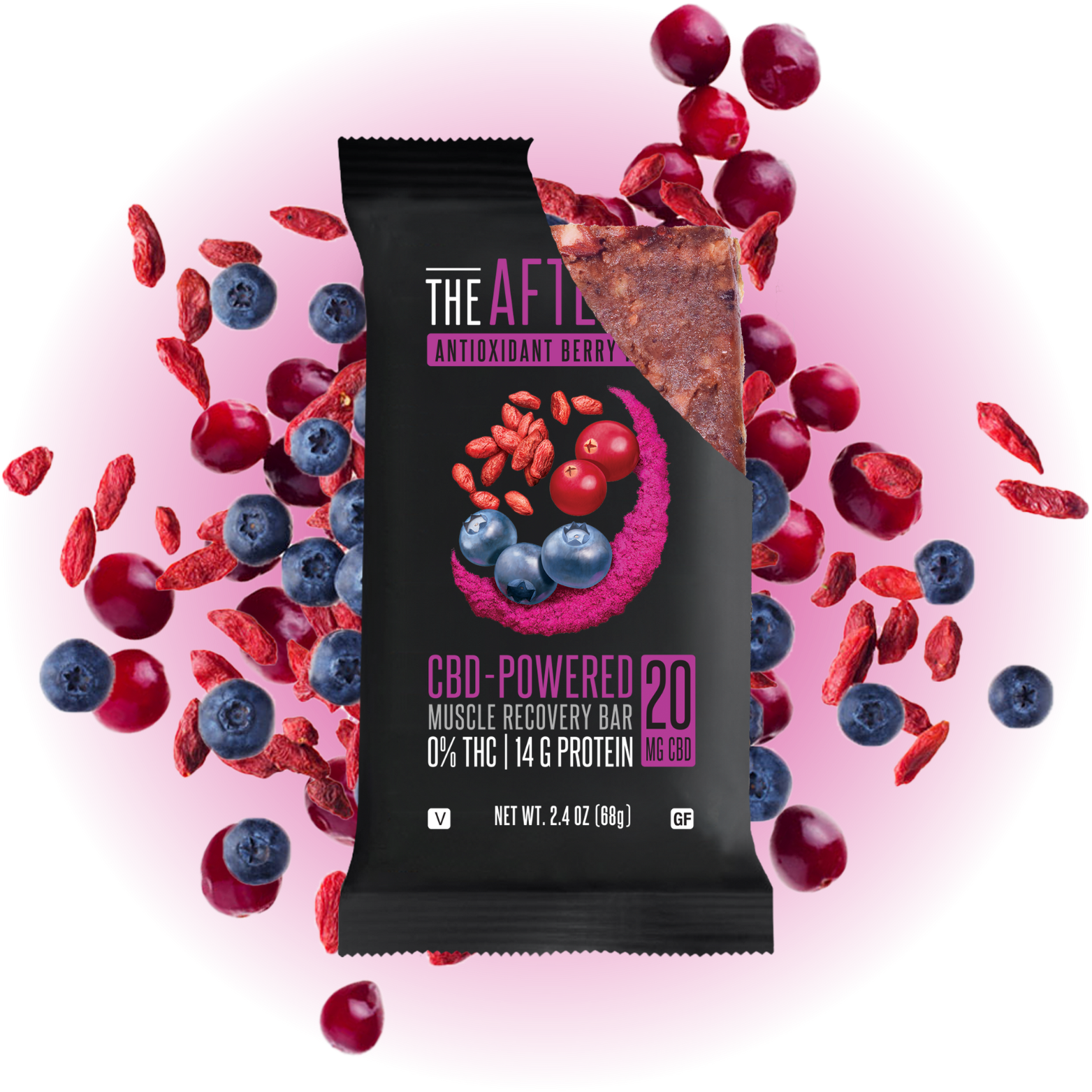
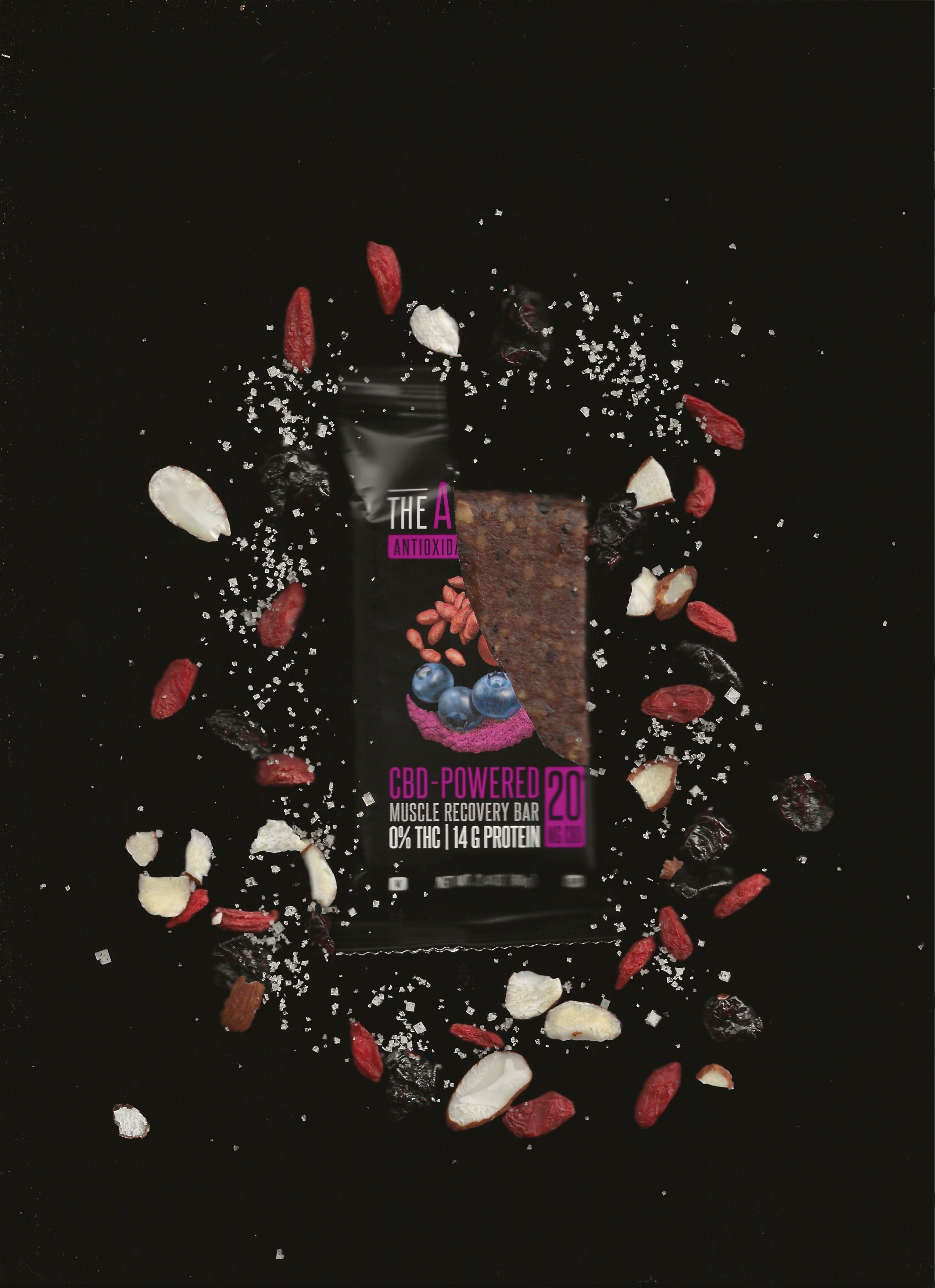


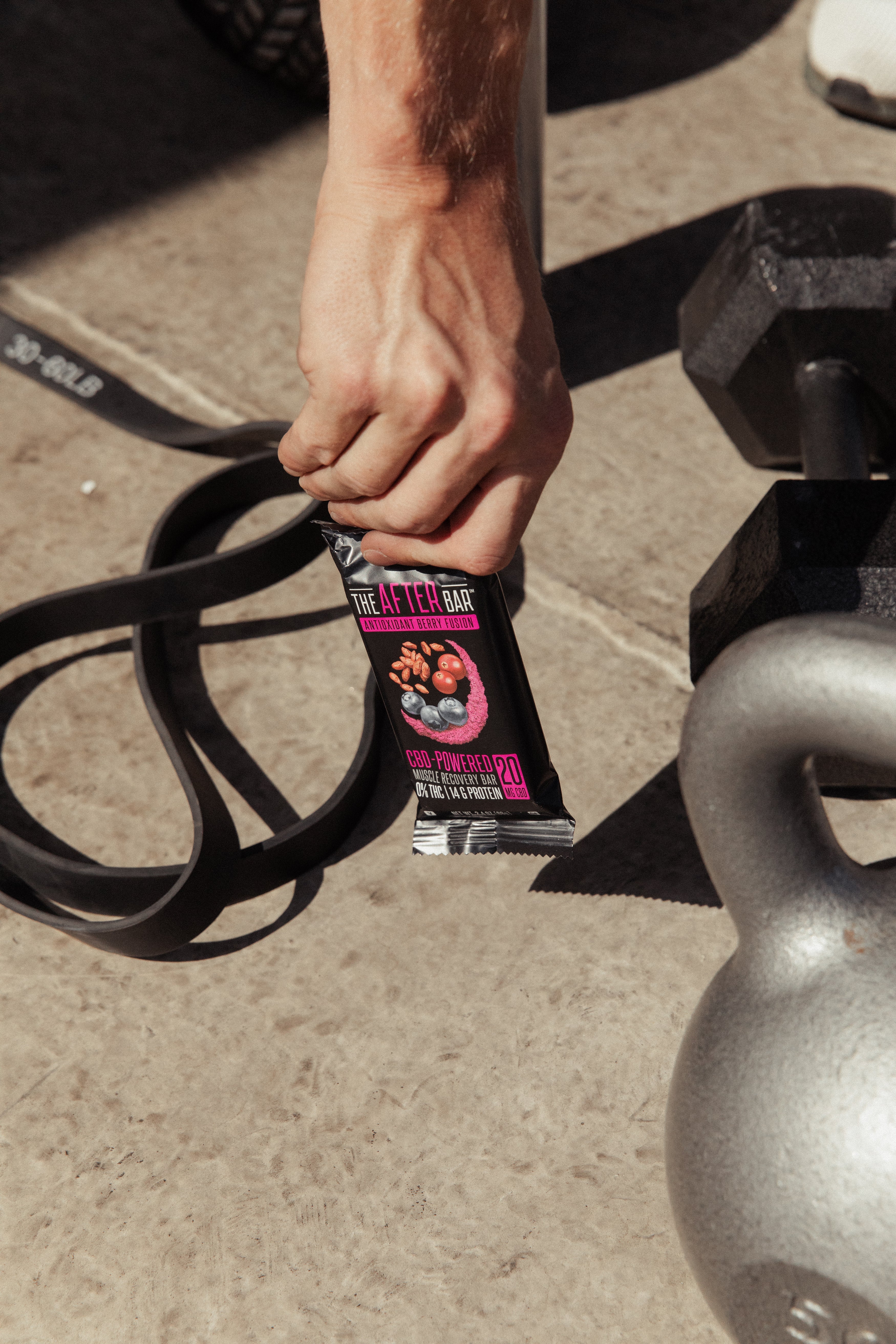
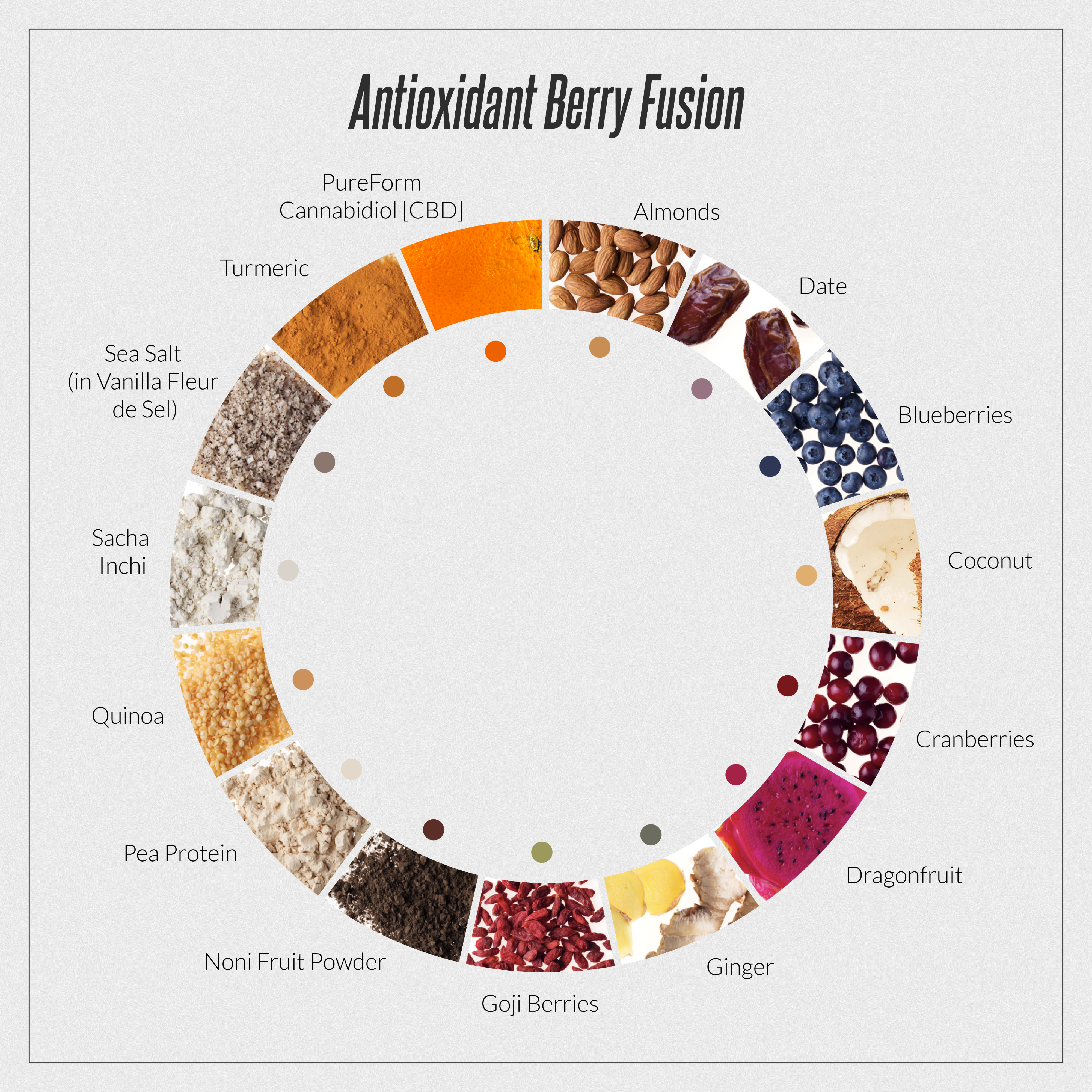
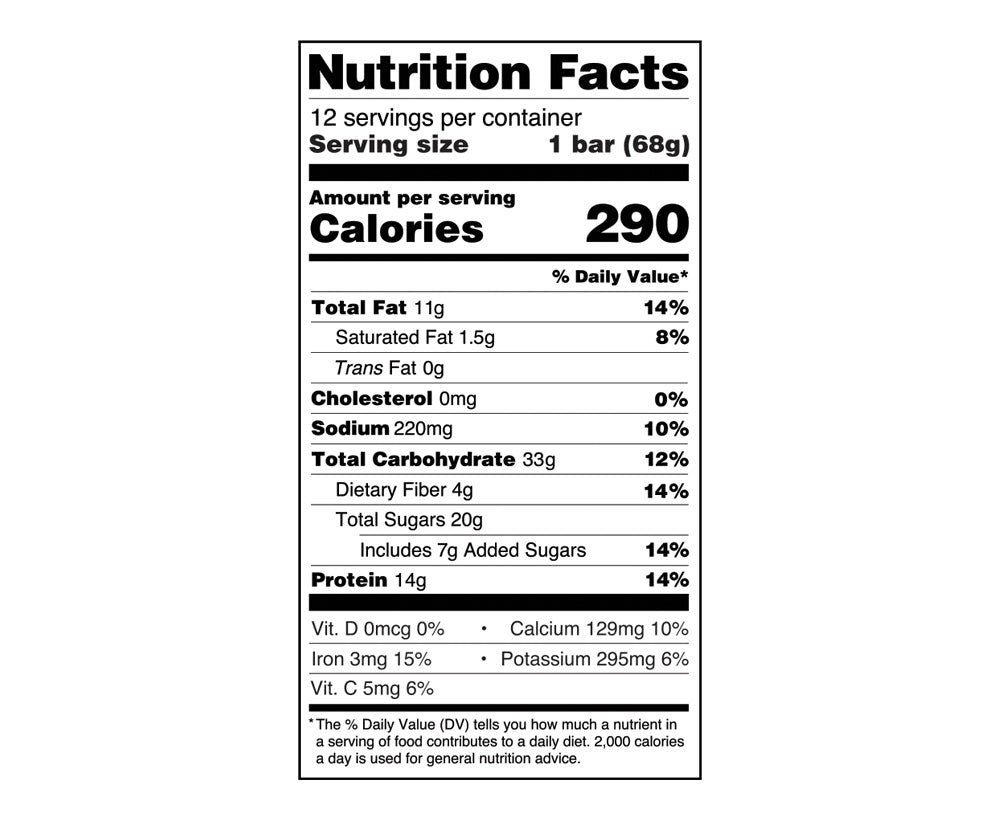
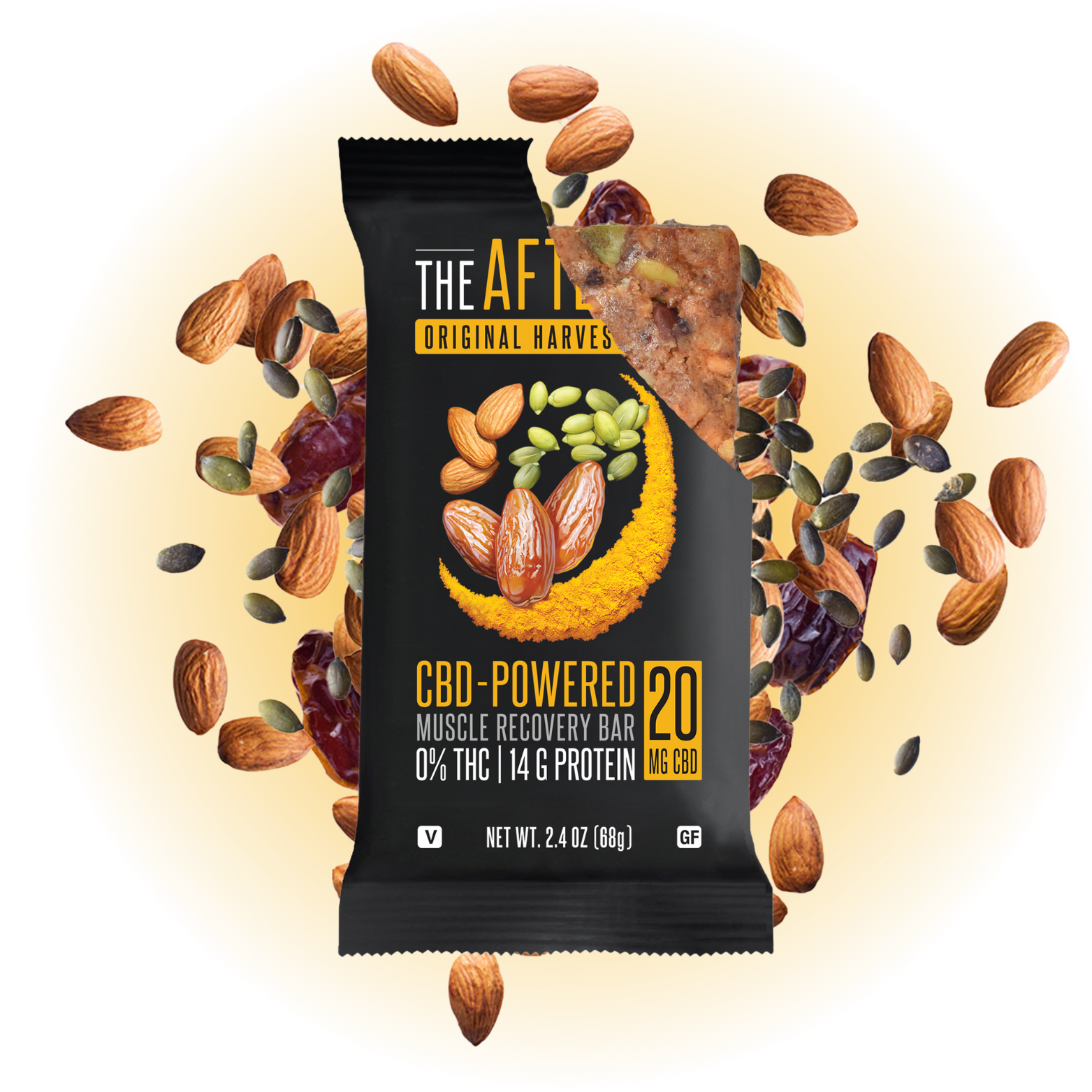
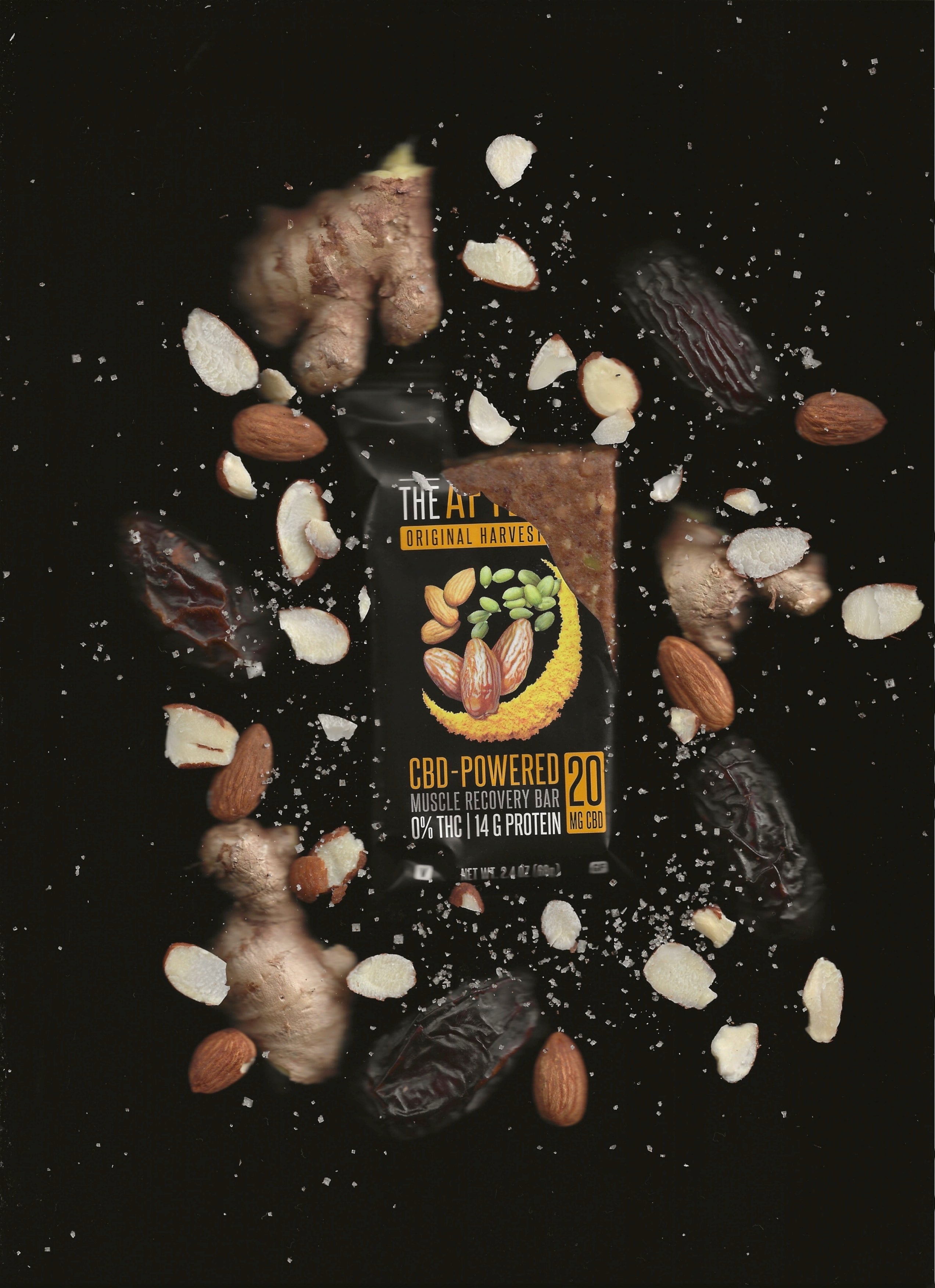
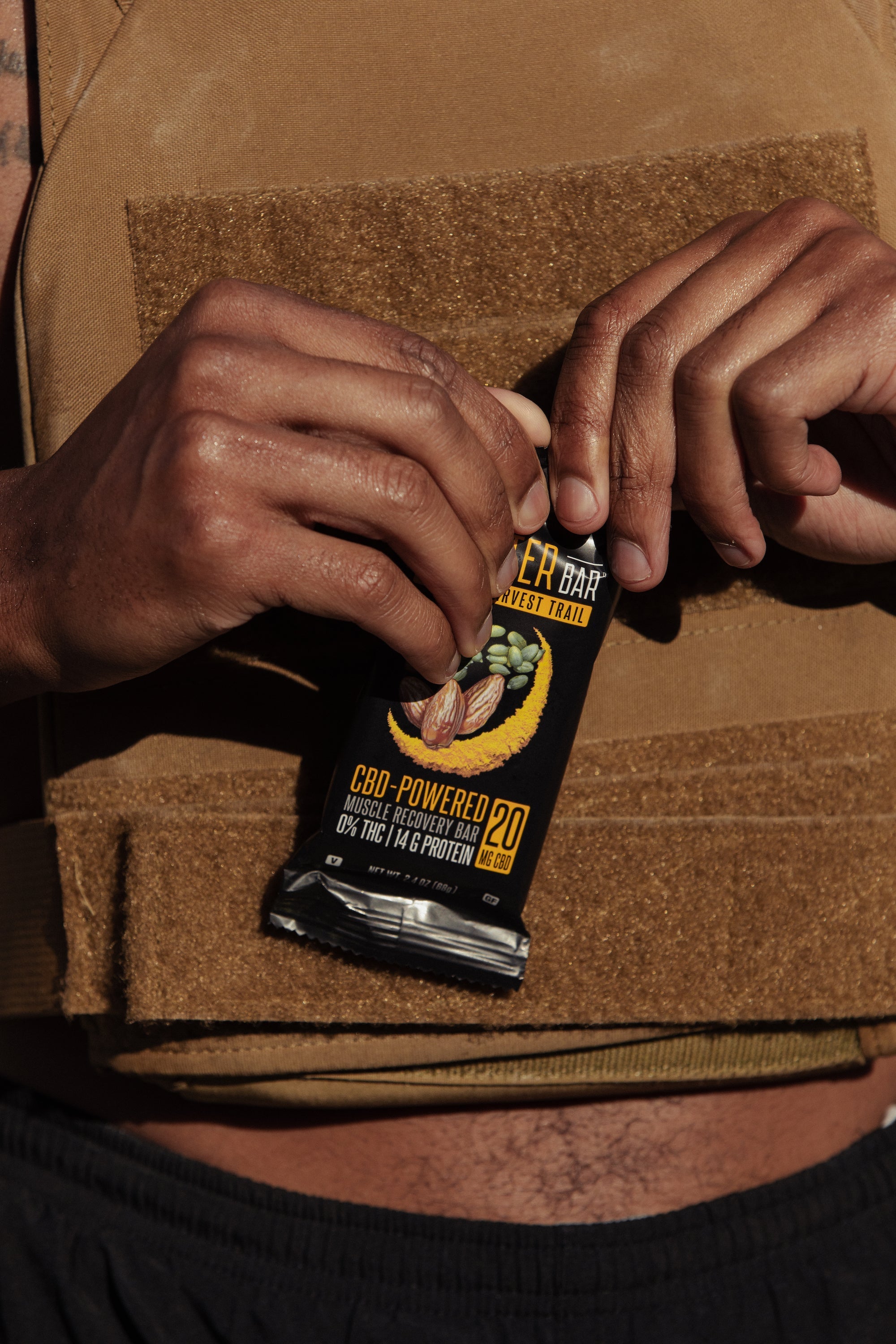

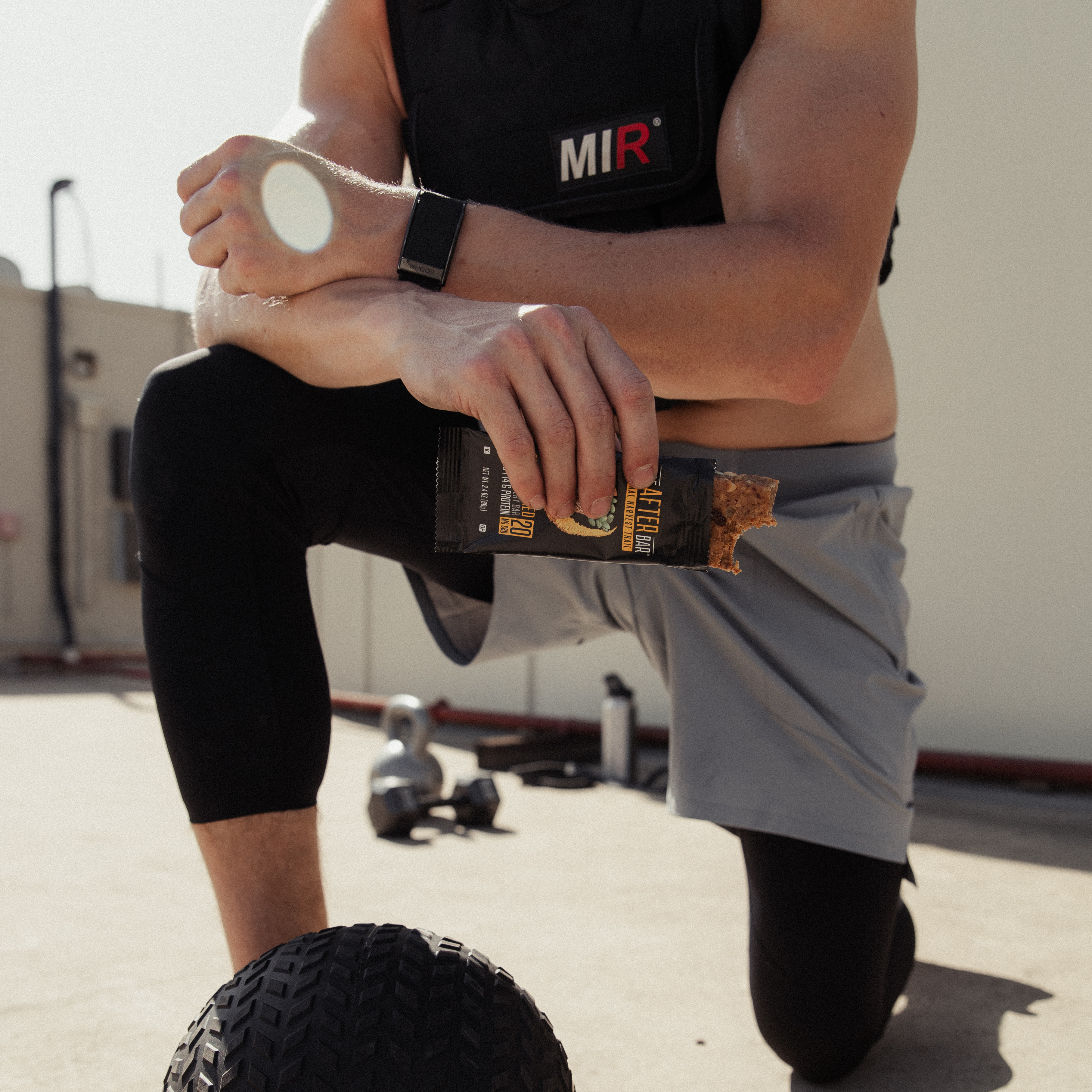
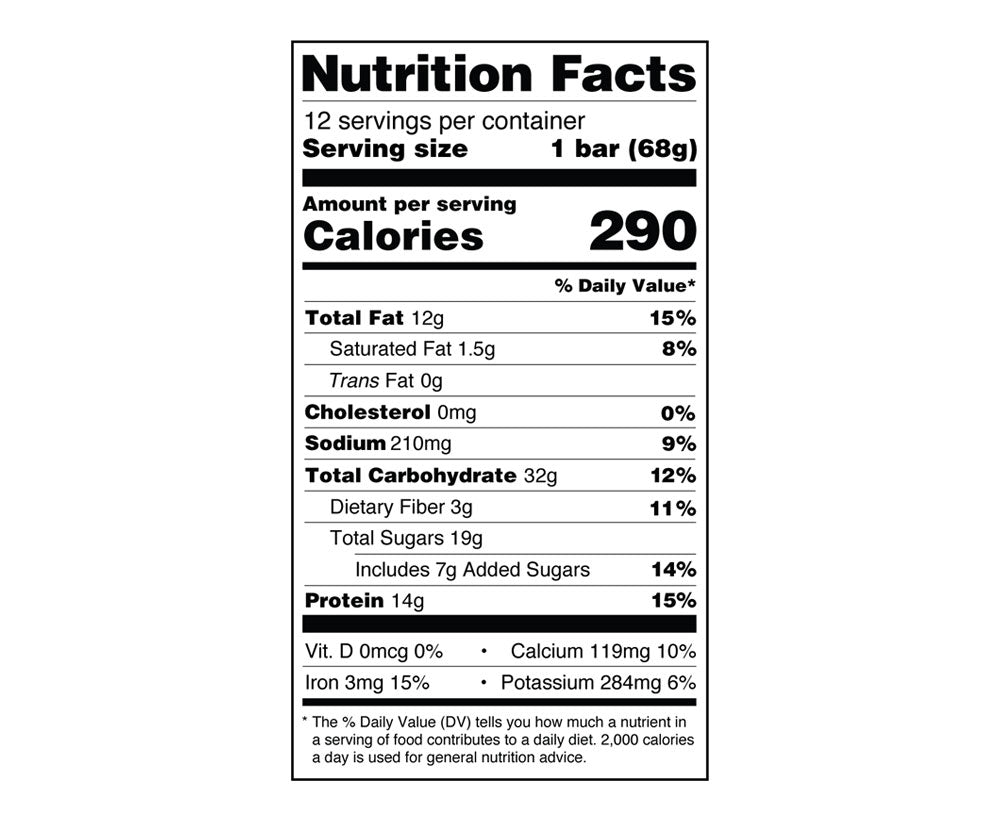
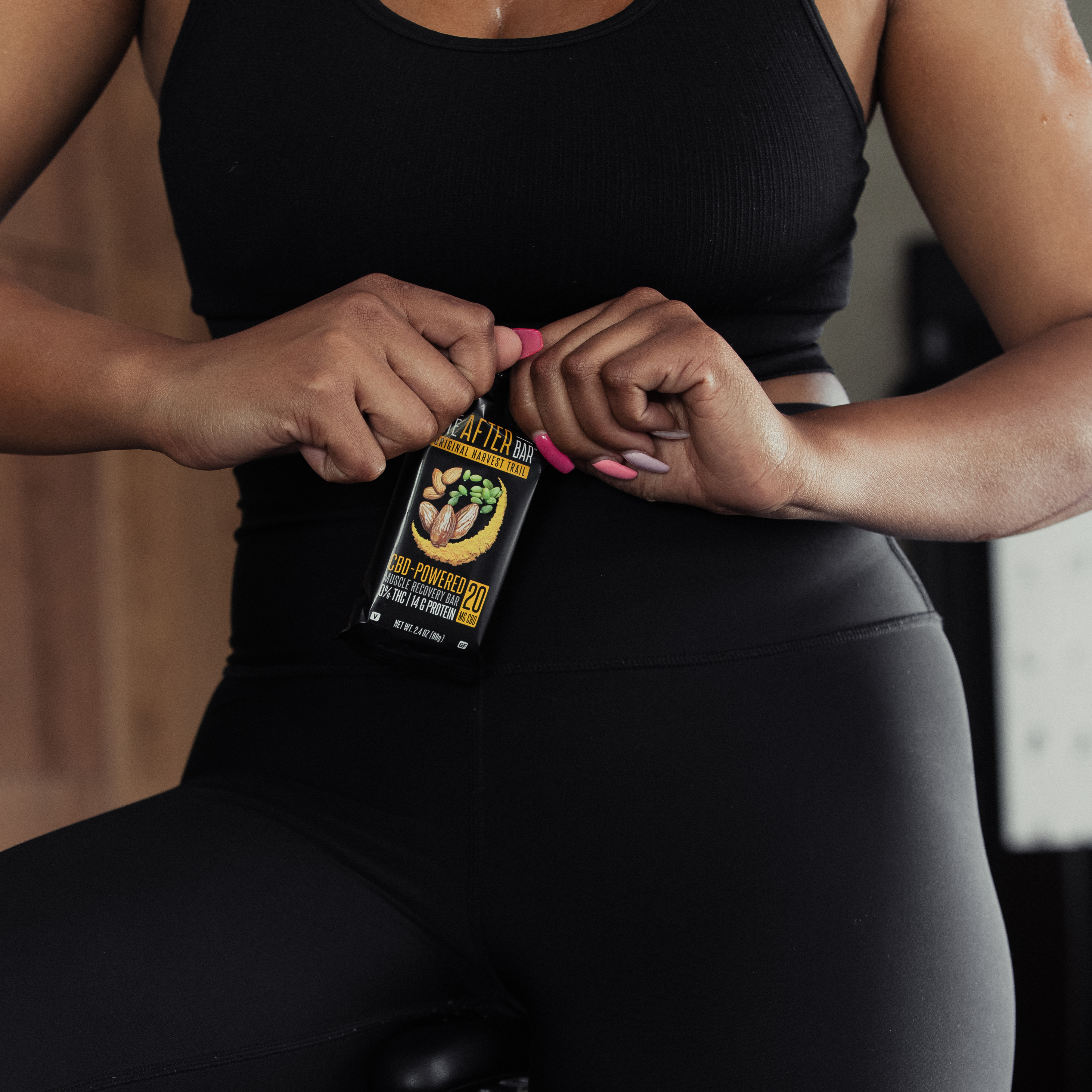
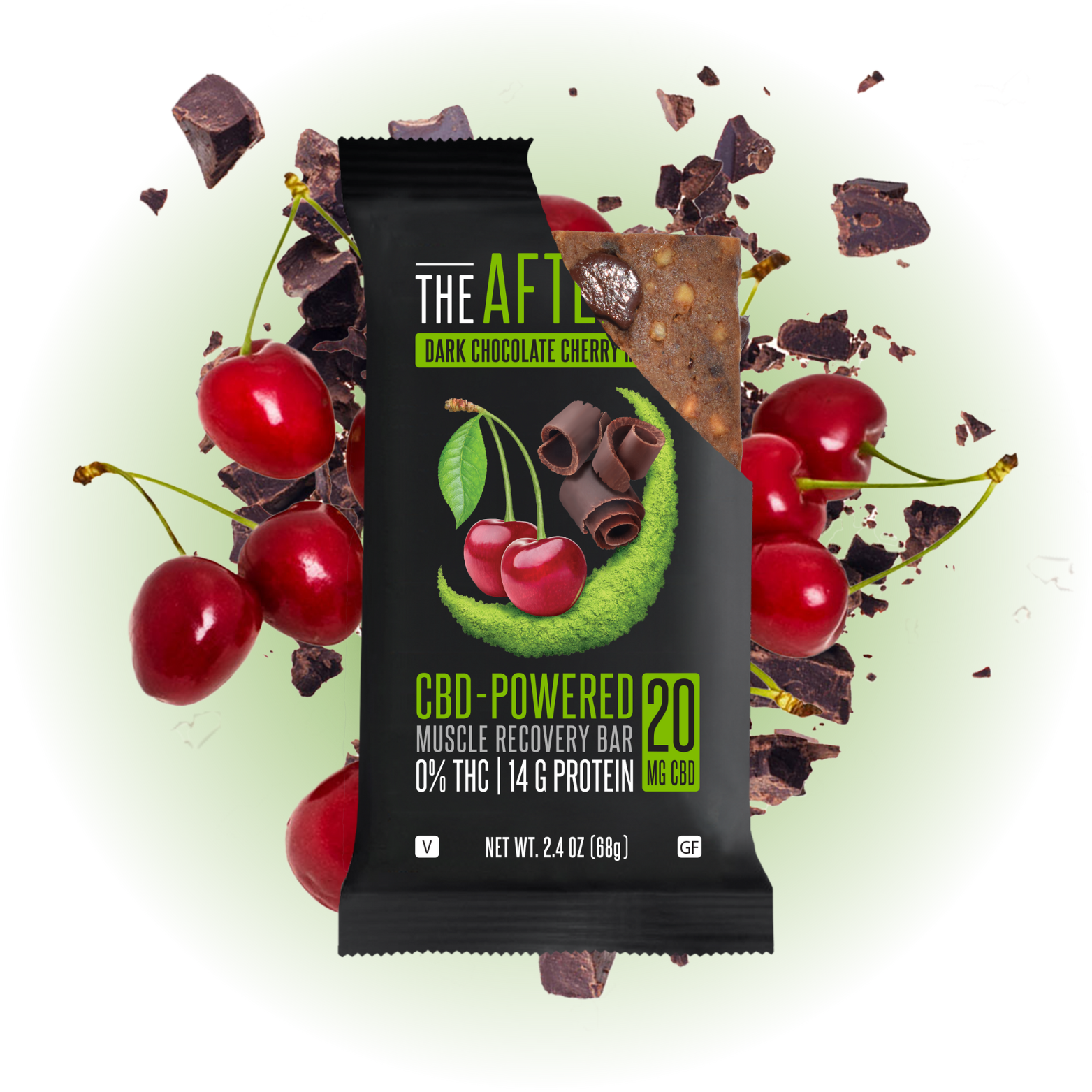
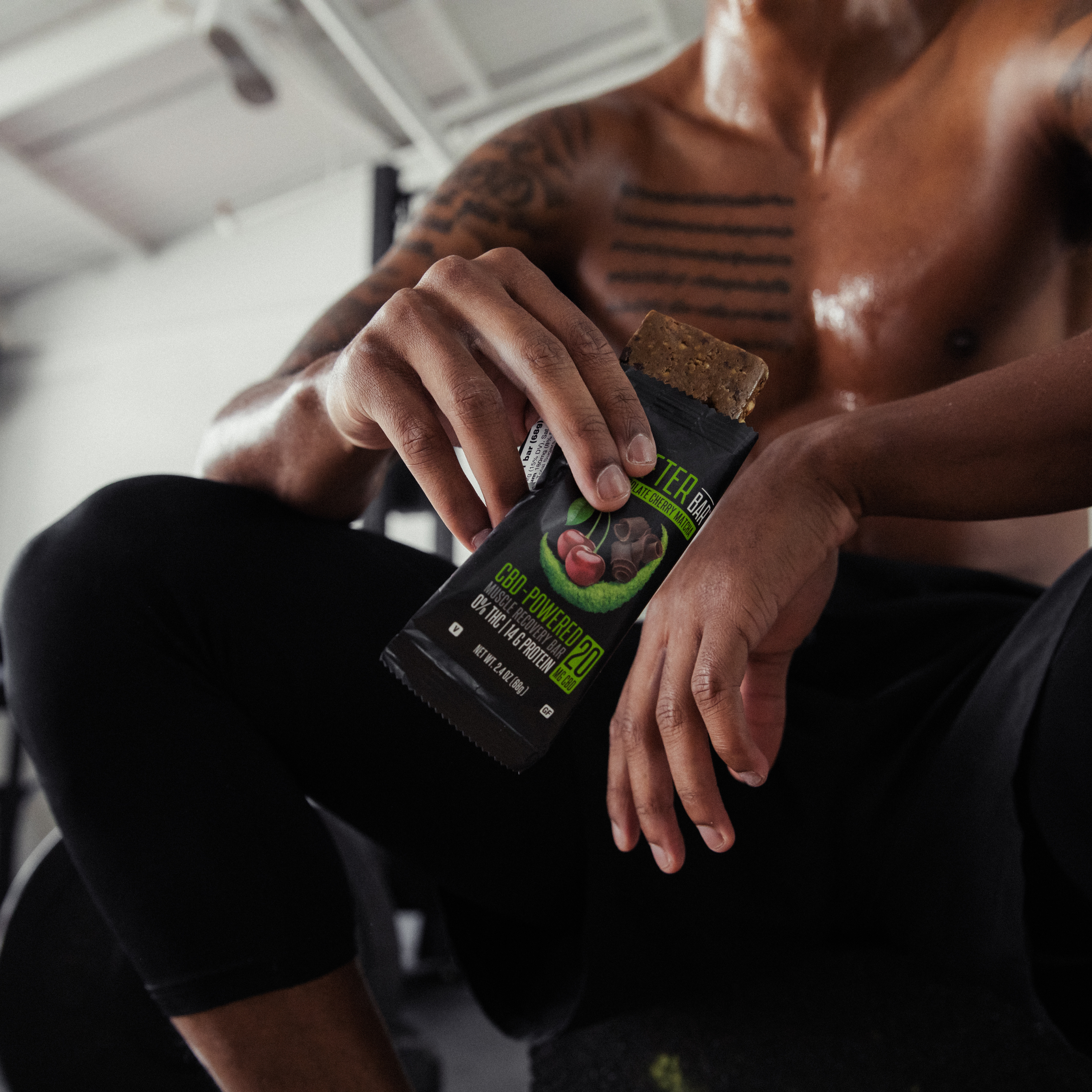
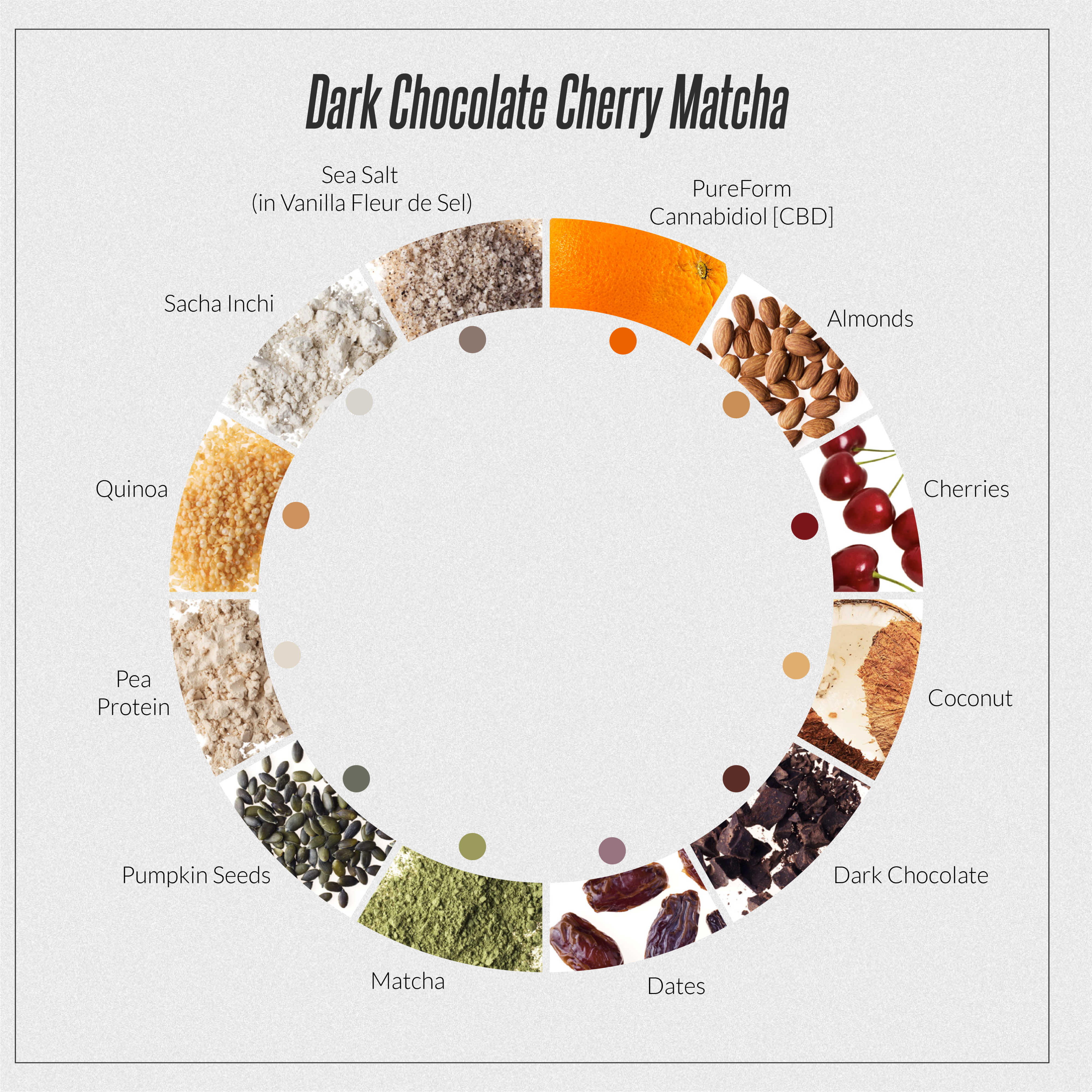

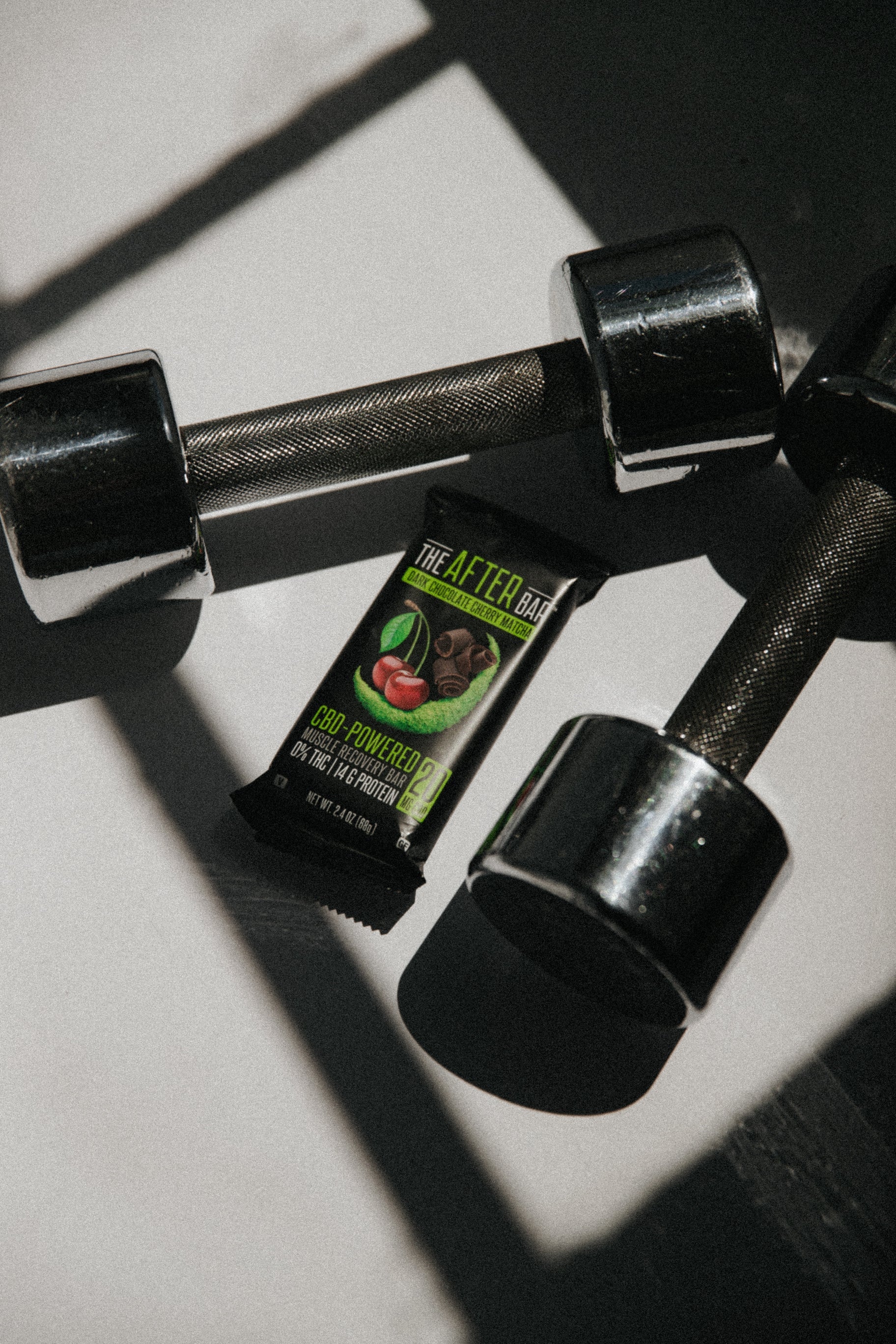
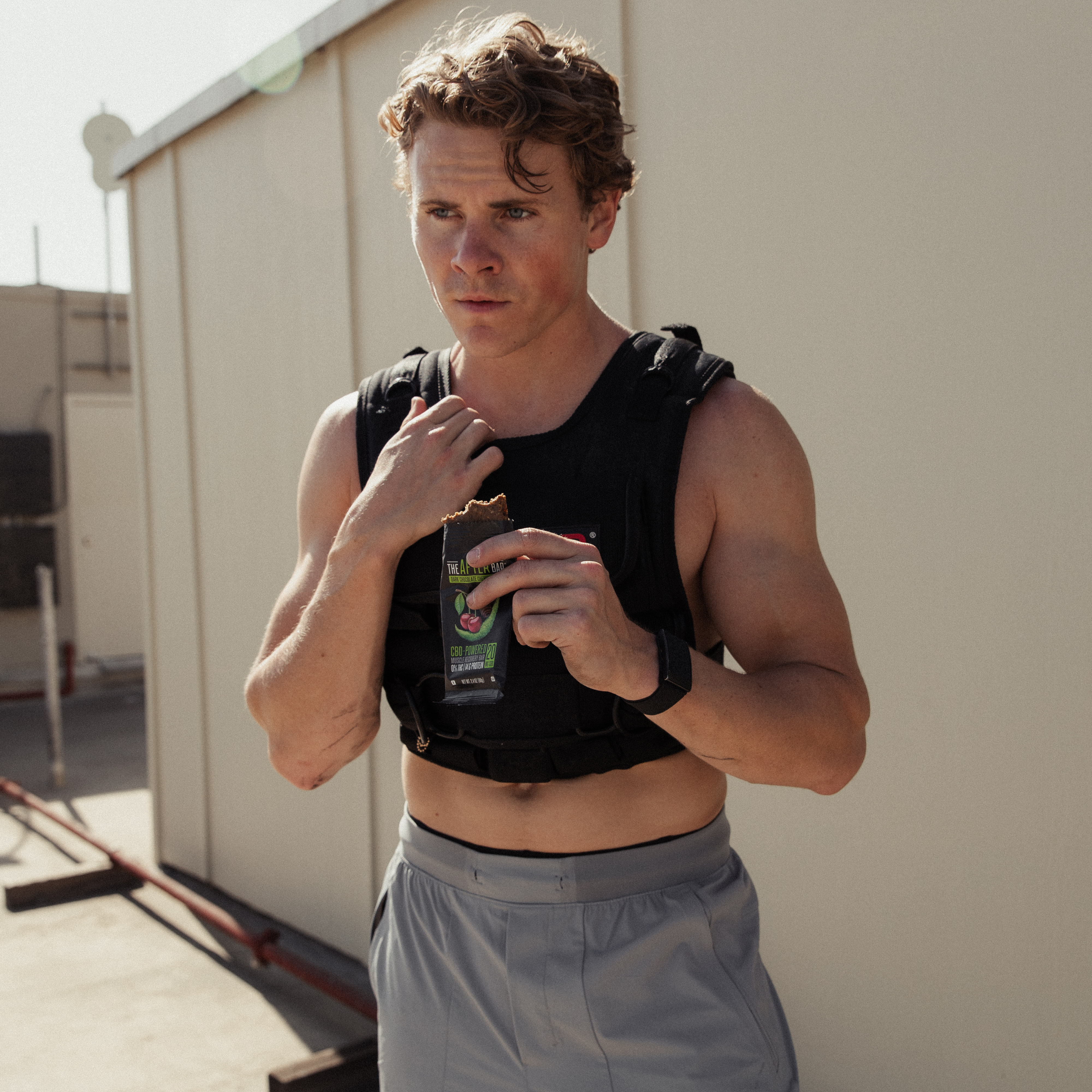
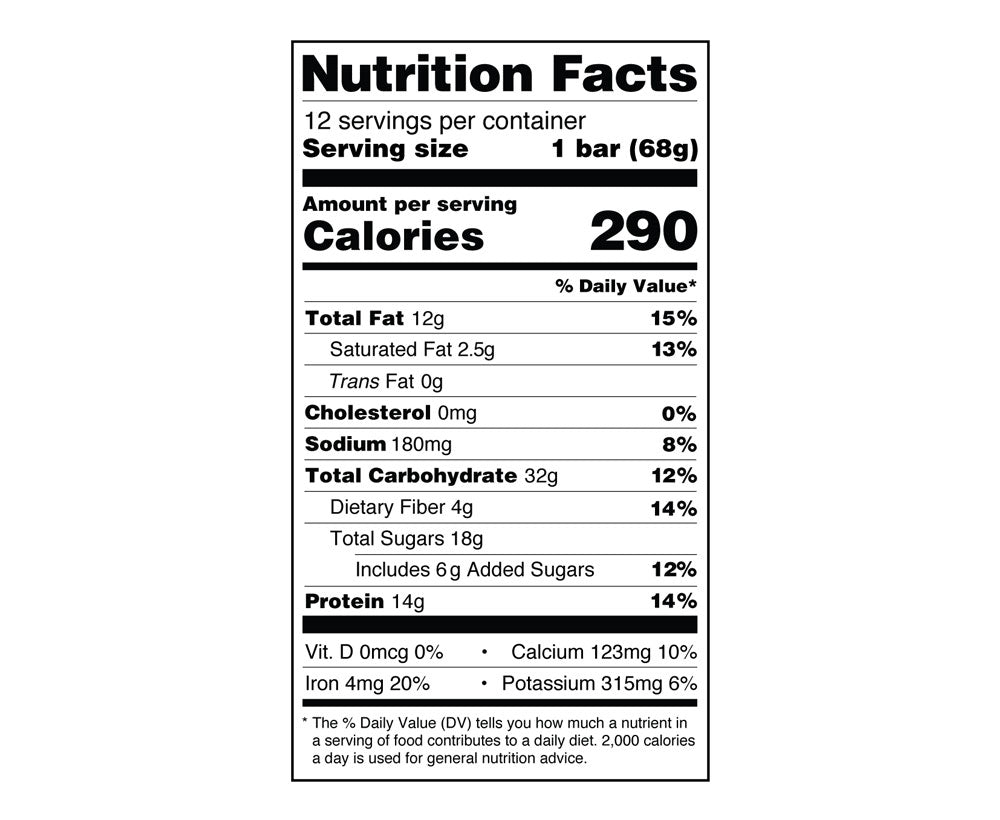
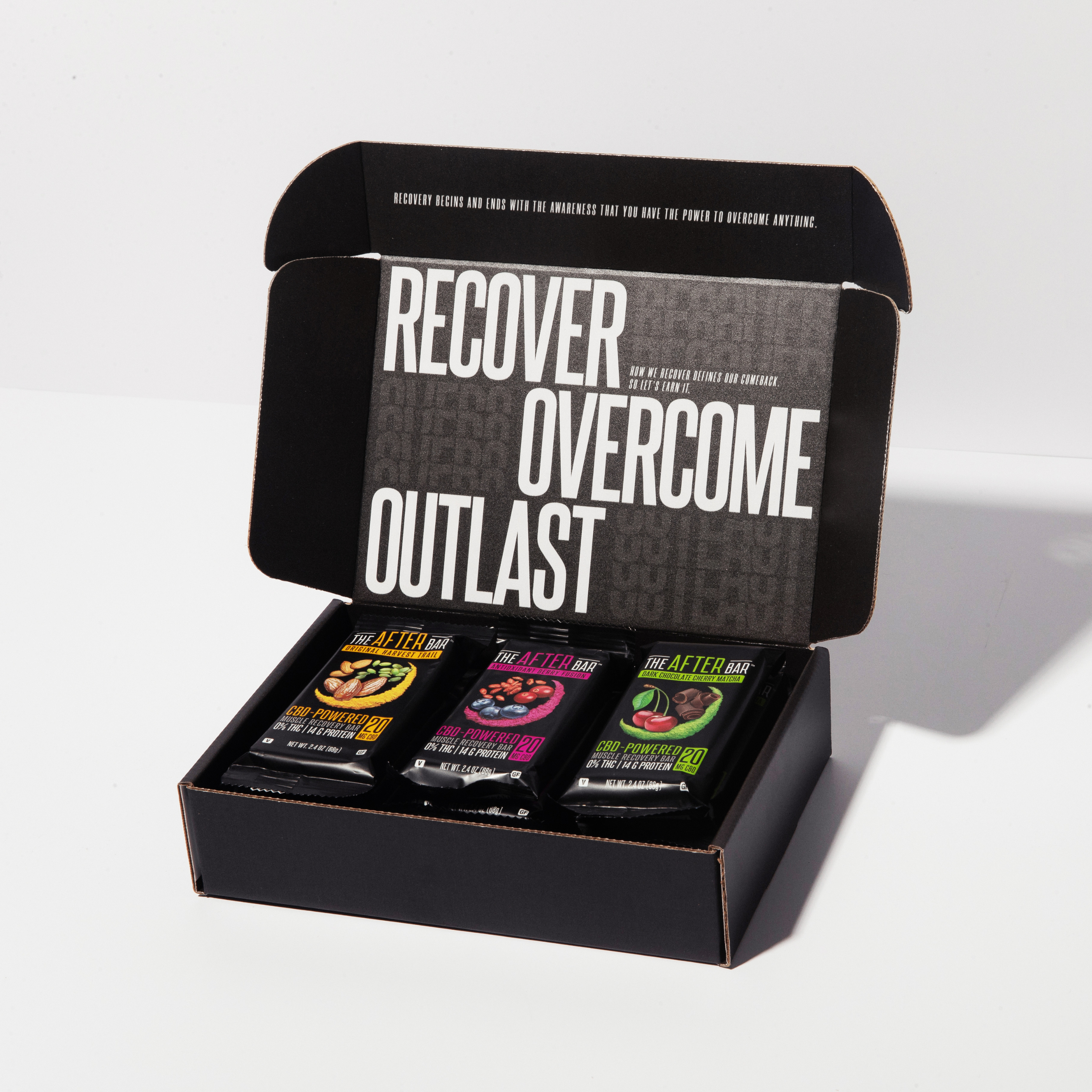
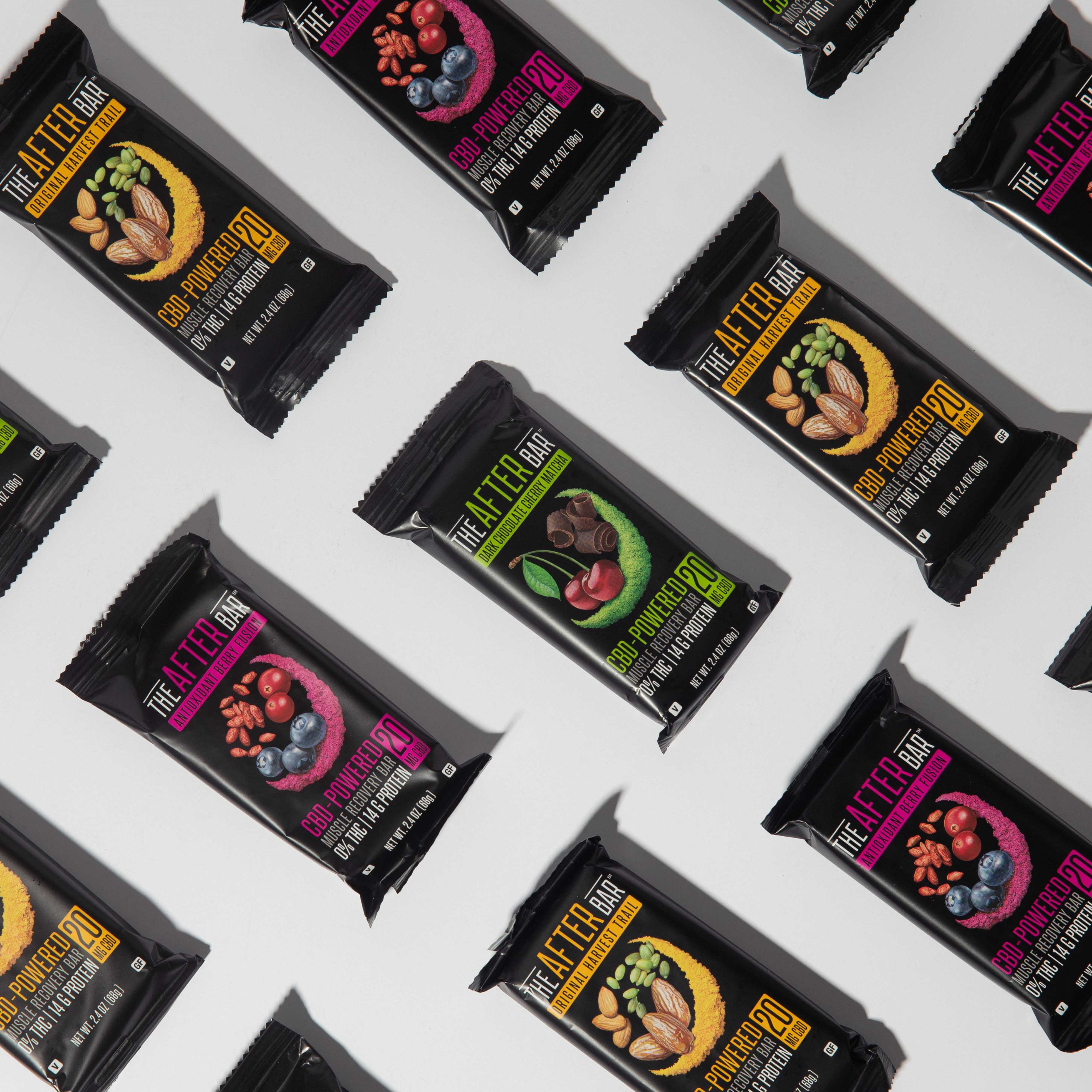
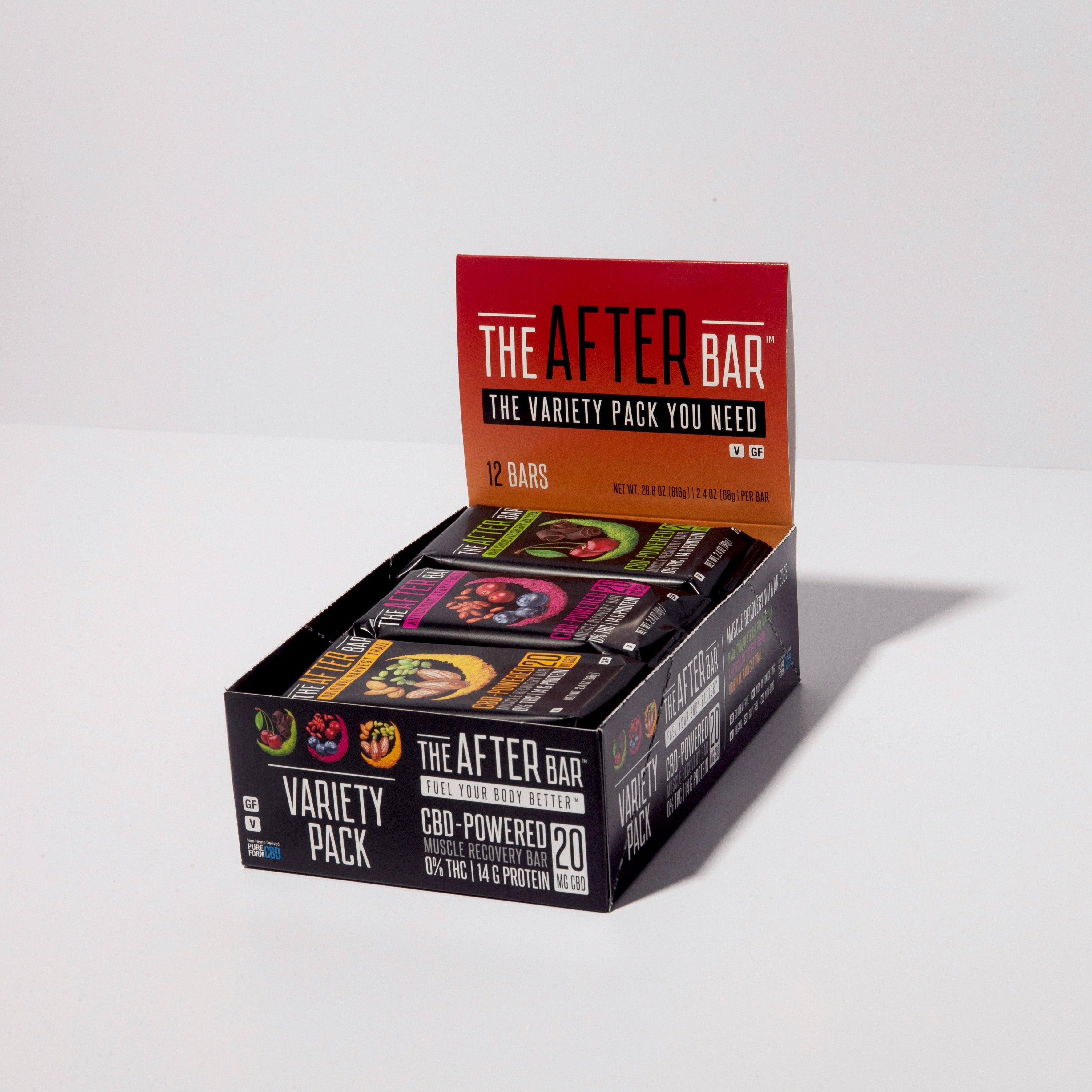
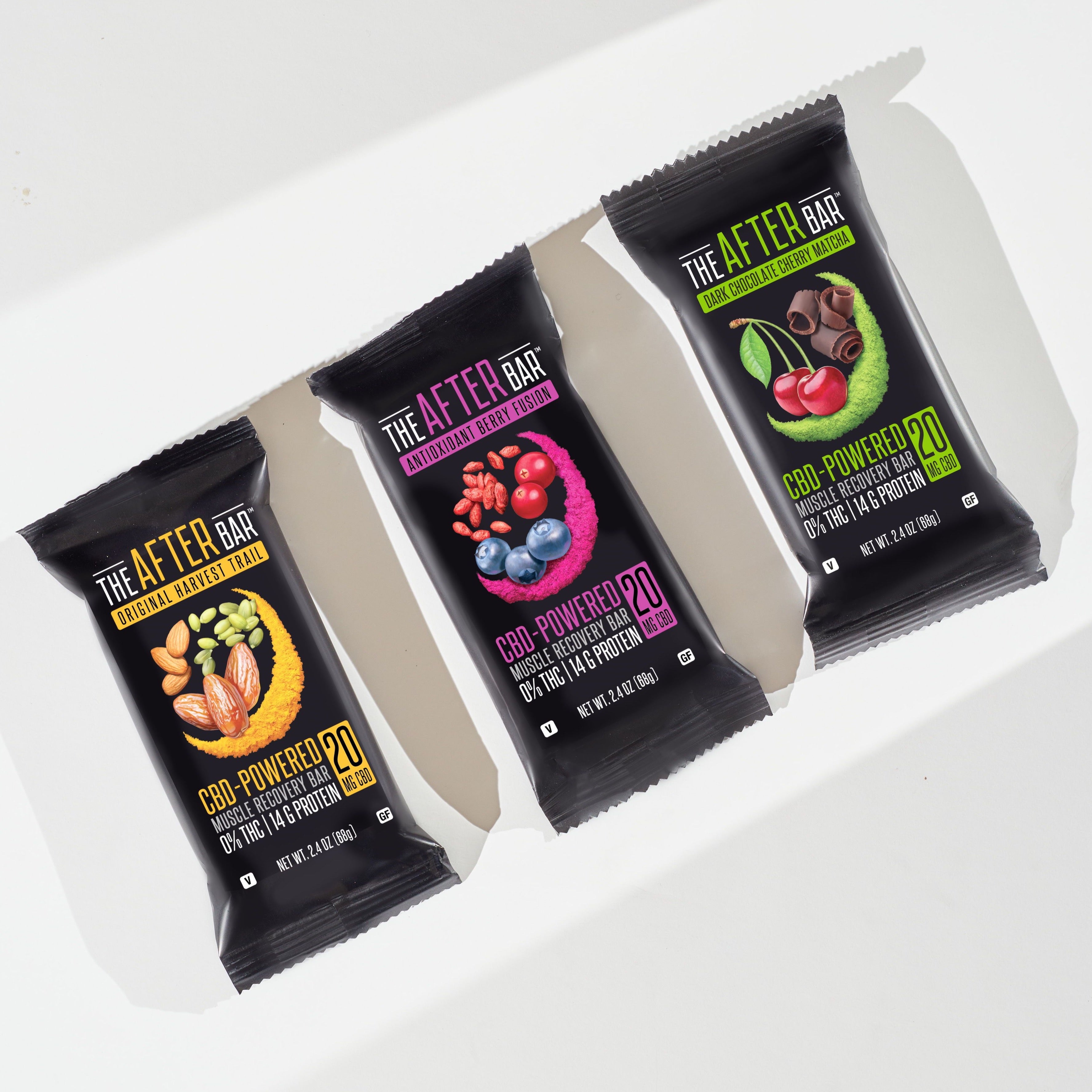
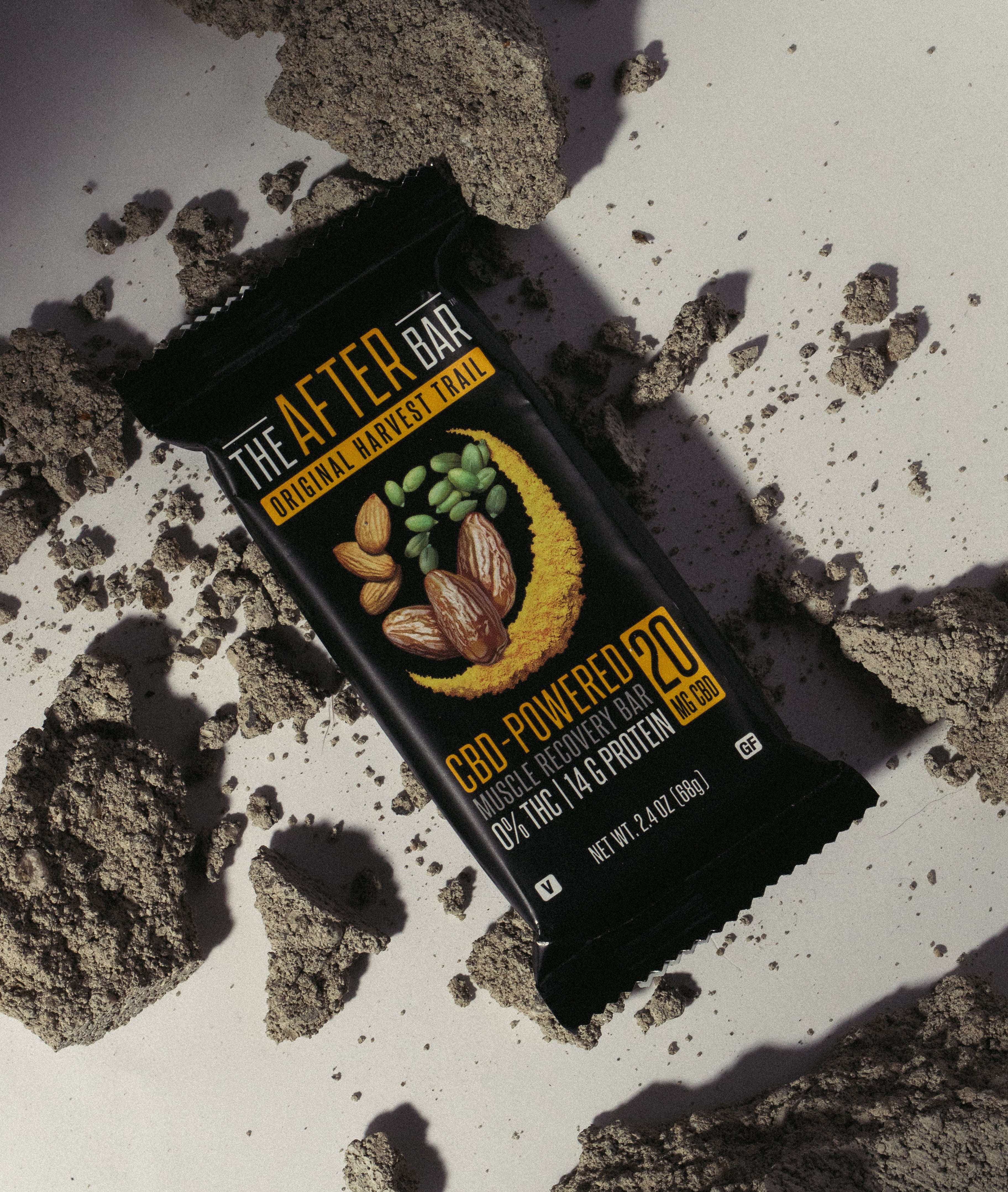
Leave a comment